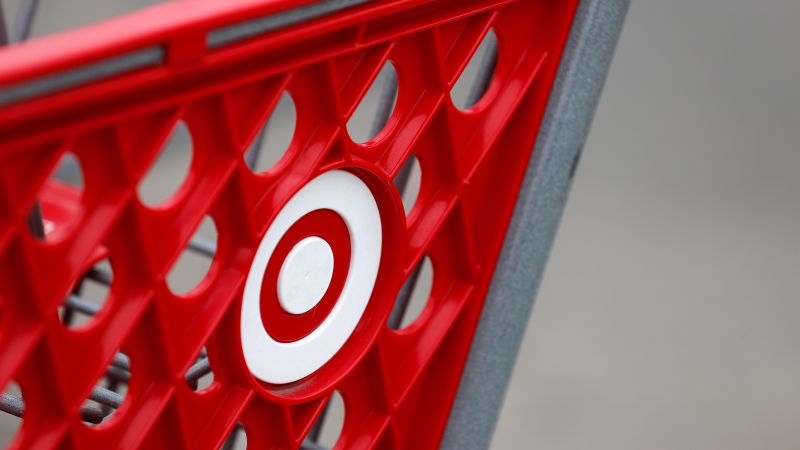Target, known for its cheap chic home goods and clothing, has seen a decline in sales in recent years due to surging prices. Sales at stores open for at least one year dropped 3.7% during the latest quarter, marking the fourth-straight quarter of sales declines for the company. The decline in sales was primarily in discretionary categories, with customers prioritizing necessary items over nonessential goods during the inflation spike.
As a bellwether for consumer spending habits, Target’s core middle-class customer base has been strained by higher prices. Customers have scaled back on discretionary purchases like home decor, electronics, and nonessential clothing in favor of groceries and everyday essentials. Target’s merchandise mix and higher prices compared to rivals like Walmart have also impacted its sales performance, with more than half of its merchandise being discretionary.
Walmart, on the other hand, saw an increase in sales of 3.8% last quarter, highlighting the differences in customer preferences between the two retail giants. Target is now working on strategies to lure back shoppers, including cutting prices on key items and introducing its own brands. The retailer has slashed prices on over 1,500 popular items to attract inflation-wary shoppers, as well as launching a new house brand called Dealworthy to compete with dollar stores and Walmart.
Target’s efforts to regain customers through lower prices and new brands reflect the changing landscape of retail as consumers navigate through economic challenges like inflation. By focusing on essentials and competitive pricing, Target is aiming to entice customers back to its stores and improve its sales performance in the face of tough competition from rivals like Walmart. It remains to be seen how these strategies will impact Target’s future sales and overall success in the retail sector.













